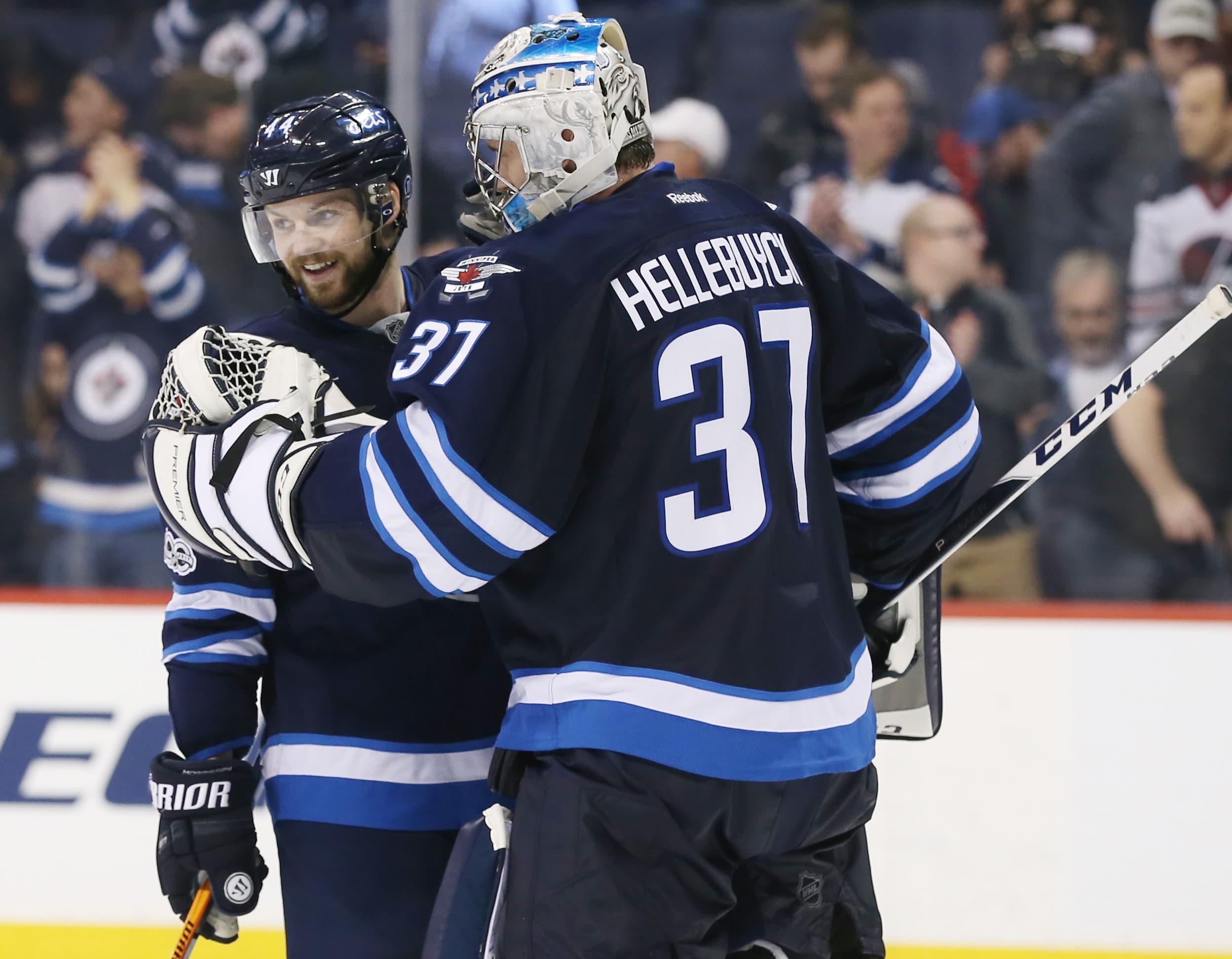Is This Winnipeg Jets Team Good?

By J.D. Burke
6 years agoAfter manhandling the Minnesota Wild at home last night, the Winnipeg Jets now boast a 15-6-3 record, good for second place in the Western Conference’s ultra-competitive Central Division.
It’s only November 27th, and a lot can change between now and April, but the Jets are firmly in command of a playoff position and have, so far, lived up to the lofty expectations they placed upon themselves heading into this season.
About damn time.
The Jets have long had the talent to put together this type of a run. For the most part, though, success has eluded them. Other than a spectacular finish to the 2014-15 season, the Jets have been largely inconsistent and its resulted in just one post-season berth (you guessed it, 2014-15) since the club took residence in Winnipeg.
It can make one cynical. Any short-term success seems just a run of bad goaltending and worse discipline away from falling apart completely.
Looking at the Jets underlying data, though, I’m struck by the exact opposite. The Jets, usually a strong team by most five-on-five shot metrics with poor goaltending, are charting an entirely different course. At a glance, it looks like goaltending has buoyed the Jets through an unusually poor stretch of play at even strength.

The Jets are in the bottom ten of the league in score and venue adjusted Corsi for percentage (48.11 per cent) and in the bottom half of the league in expected goal percentage (49.04 per cent). Numbers like those are usually an omen for oncoming downward regression.
In other words, it looks like the Jets have been winning with a lot of smoke and mirrors. The fact that they own the fifth-highest PDO in the league (101.92) lends credence to that very notion.
The Jets owe the lion’s share of that success to goaltender Connor Hellebuyck. Upon taking the reigns from Steve Mason — who the club signed this off-season to insulate Hellebuyck ironically enough –, Hellebuyck’s guided his team to a 12-2-2 record.
Those wins haven’t come easy. The Jets have been outshot with alarming frequency, and Hellebuyck’s been consistently up to the task. The .929 all situations save percentage Hellebuyck boasts is the sixth-highest mark among goaltenders with ten or more starts this season.

When one introduces shot quality to the discussion, Hellebuyck falls to earth, if only slightly, but is still well above the average NHL netminder. When one gauges how many goals an hour the average netminder would surrender based on the frequency and quality of the shots Hellebuyck’s faced, he shows as having saved about a quarter of a goal an hour.
There are signs that the Jets on-ice product outside the crease is starting to turn around, too. Based on the Jets last handful of games, it’s not unrealistic to suggest that they could tread water with even an average goaltending performance. Put another way: they’re turning a corner.

In the Jets last ten games, they’ve been a strong puck possession team. The 51.55 per cent of shot attempts the Jets have controlled at even strength is the 13th-best rate in the league based on the last ten games played. In that same span, they’ve controlled over 55 per cent of the high-danger scoring chances, according to www.NaturalStatTrick.com.
There’s good reason to believe this uptick in shot and goal metrics isn’t a blip. Part of it is that they’ve done it without some of their traditionally best contributors firing on all cylinders.
Matthieu Perreault, a consistently underrated utility forward, has returned to the Jets lineup after a lengthy spell on the sideline due to injury. As The Athletic’s Dom Luszczyszyn noted in his piece on Blake Wheeler, he’s been unusually poor at controlling the flow of play, and we know based on most ageing curves and Wheeler’s traditional dominance that this shouldn’t be the case. One could apply that same reasoning to Jacob Trouba and Dustin Byfuglien, traditionally elite two-way impact players who’ve struggled a fair amount to date.
The Jets have been able to hold the fort while their best players have found their legs. Now, as percentages normalize and bodies return to the lineup, they appear poised to take off and finally take their place among the league’s elite. It’s about damn time.
Recent articles from J.D. Burke





